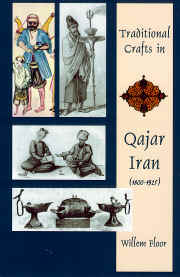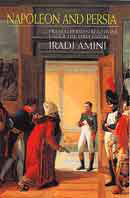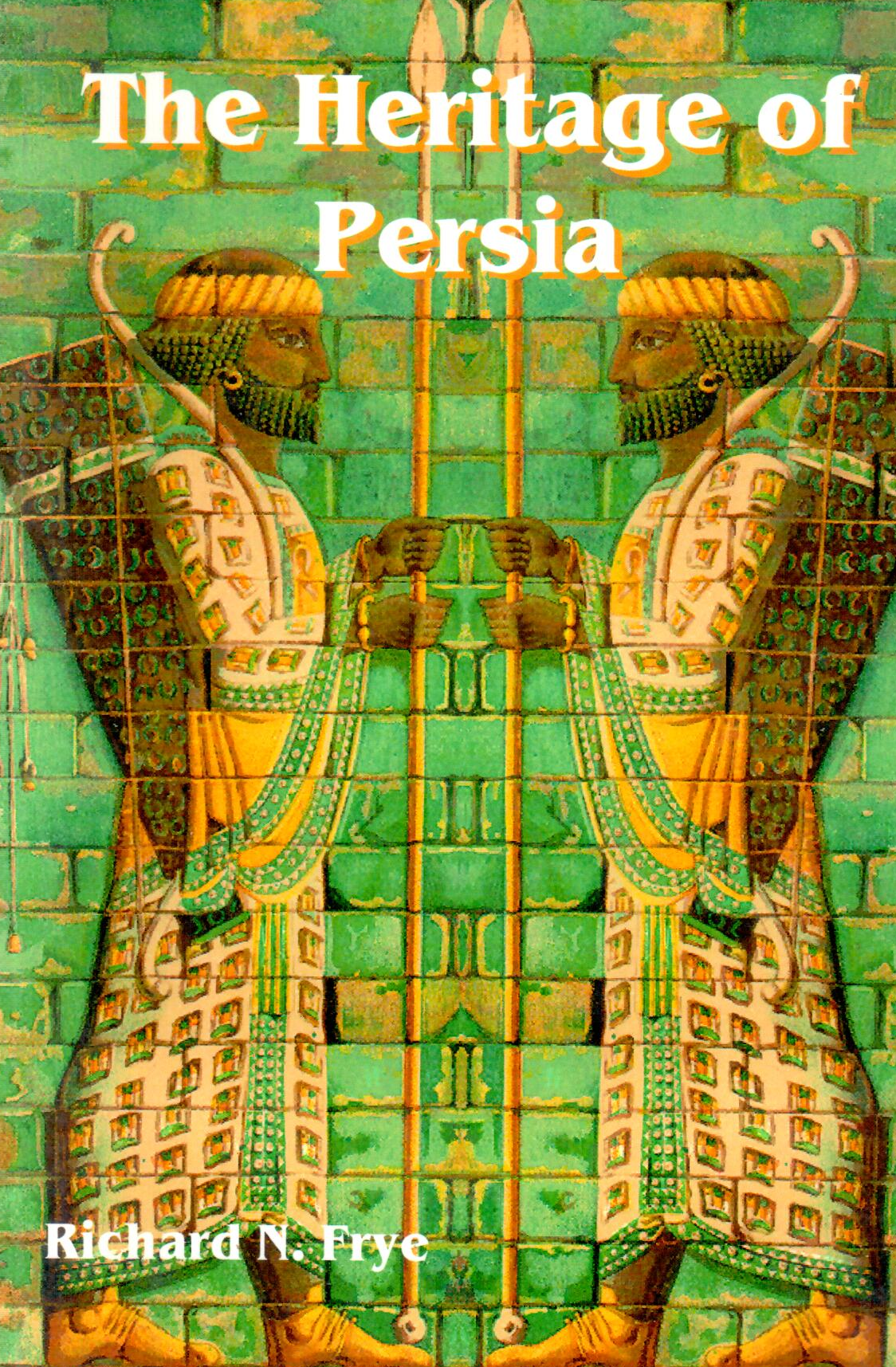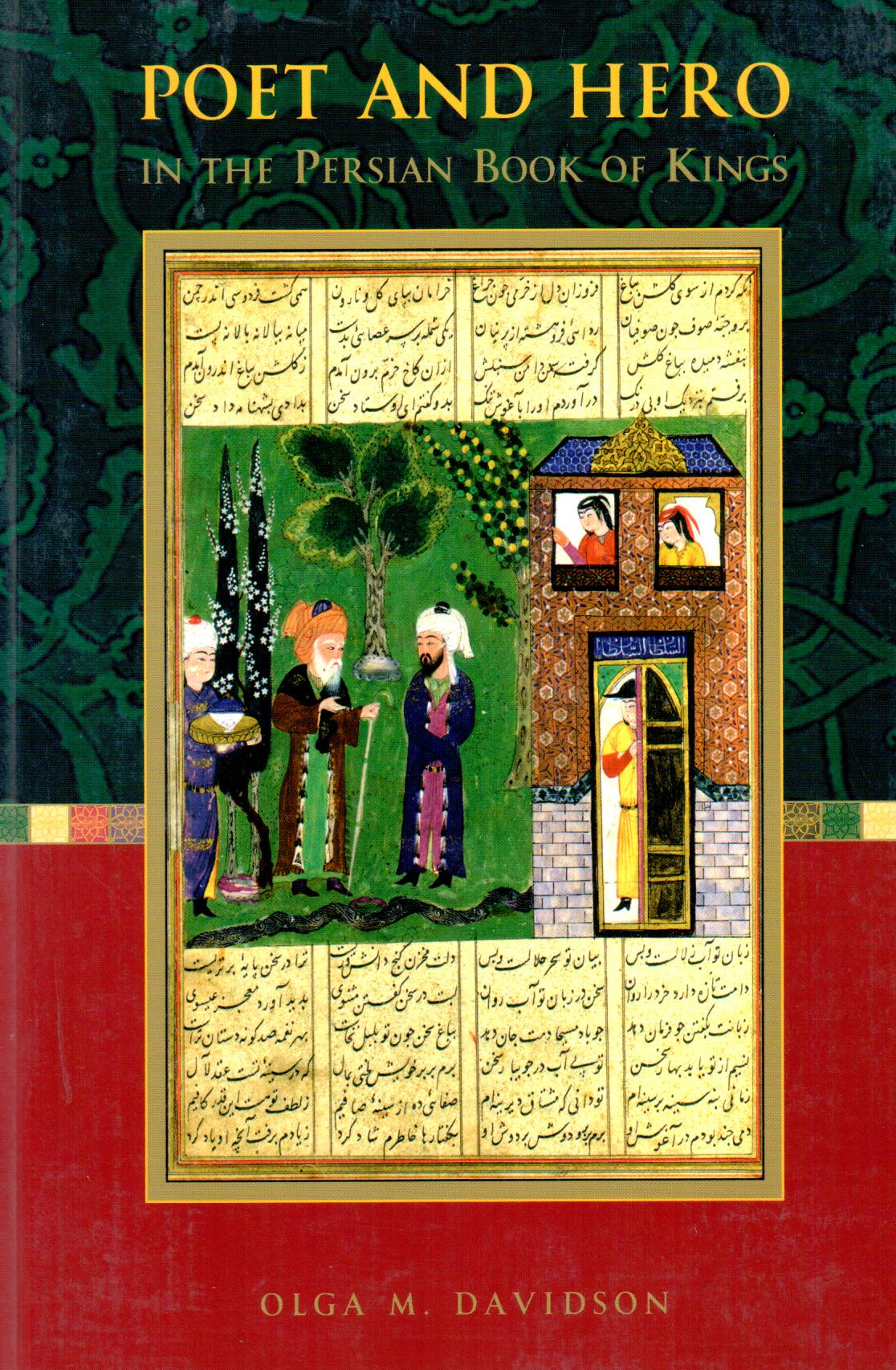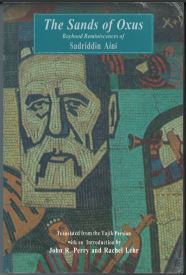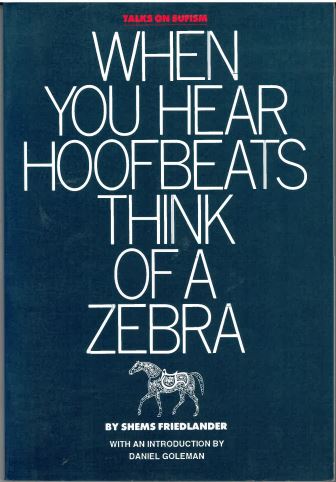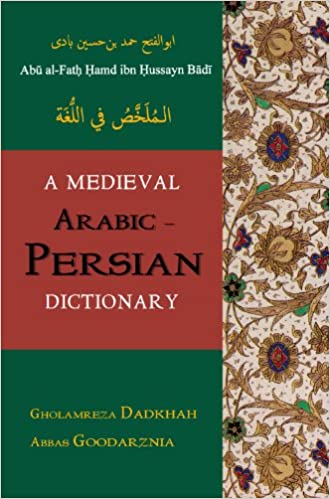Traditional Crafts in Qajar Iran (1800-1925) انگلیسی 1383
Traditional Crafts in Qajar Iran (1800-1925)
45٫30 $
اشتراکگذاری
Wishlist
شابک:
1568591470
ناشر:
Mazda Publishers
گروه سنی:
بزرگسال
صفحات:
504
وزن:
900 g
ابعاد:
14 x 21 x 3٫53 cm
جلد کتاب:
شومیز
(For US customer $ 45)
This book discusses the problems faced by a technologically disadvantaged country such as Iran (Persia) of the 19th century, when it had to compete in the world market dominated primarily by European manufacturers. In this volume the dynamics of the above development is highlighted from various vantage points. In the first chapter the author discusses the efforts by the government of Iran to support its declining industrial base and to stem the flow of imports, by introducing new technology and modern factories. The nature of the various effortsTthe players, the lessons learned, the amounts investedTare discussed. This chapter, then, provides the background and context for the subsequent eight chapters that deal with specific industrial sectors.
The sectors discussed include the manufacturing of ceramics, glass, lighting materials, paper, metal are, soap, sugar and sweetmeats, and tanned skins. The conditions of each selected industry is analyzed in detail and their development throughout the 19th and the beginning of the 20th century are discussed. This development includes how these sub-sectors tried to cope with foreign imports, and the reason for th
more
(For US customer $ 45)
This book discusses the problems faced by a technologically disadvantaged country such as Iran (Persia) of the 19th century, when it had to compete in the world market dominated primarily by European manufacturers. In this volume the dynamics of the above development is highlighted from various vantage points. In the first chapter the author discusses the efforts by the government of Iran to support its declining industrial base and to stem the flow of imports, by introducing new technology and modern factories. The nature of the various effortsTthe players, the lessons learned, the amounts investedTare discussed. This chapter, then, provides the background and context for the subsequent eight chapters that deal with specific industrial sectors.
The sectors discussed include the manufacturing of ceramics, glass, lighting materials, paper, metal are, soap, sugar and sweetmeats, and tanned skins. The conditions of each selected industry is analyzed in detail and their development throughout the 19th and the beginning of the 20th century are discussed. This development includes how these sub-sectors tried to cope with foreign imports, and the reason for th
more

